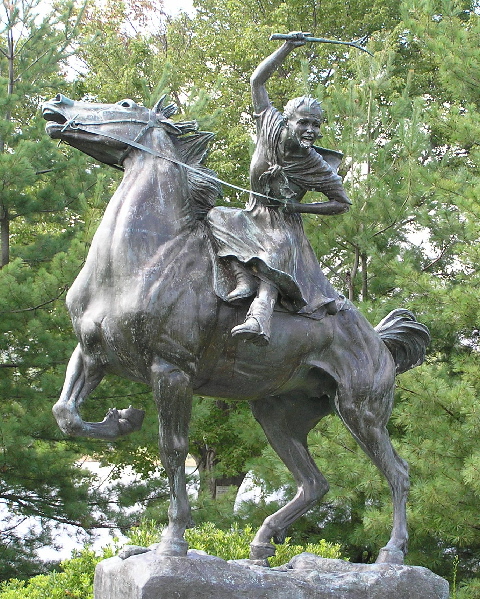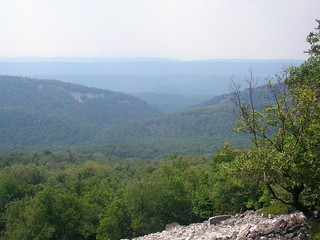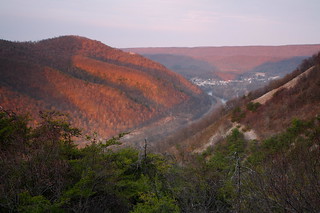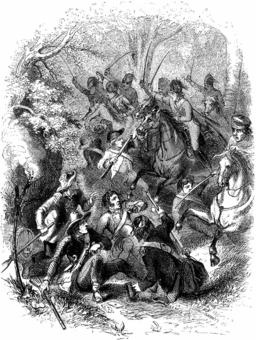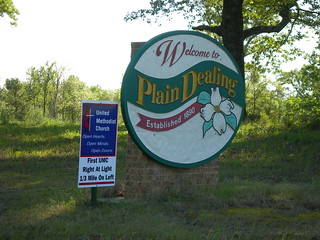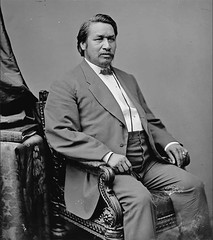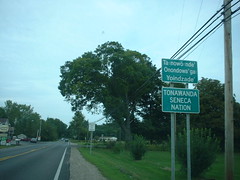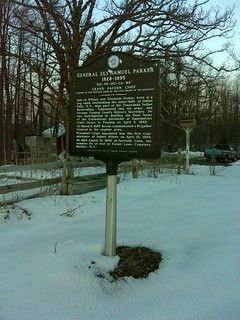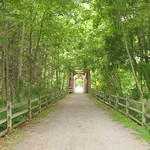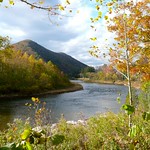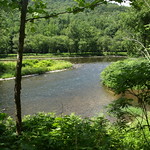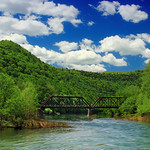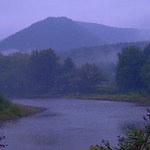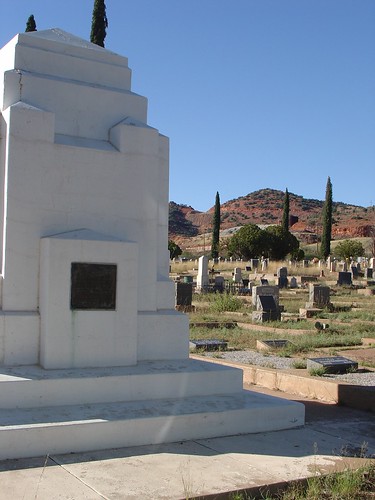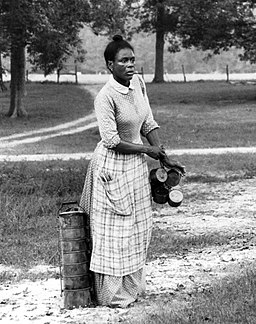Eleazur D. Davis, Samuel White, Martin Wilson - School Inspectors
Nehemiah Ingersoll - Poundmaster (caretaker of seized or lost livestock and other farm animals)
Eleazur D. Davis, Ichabod Hinckley, Jessemin Drake - Constables
In December of 1829, Samuel Laing had a blacksmith shop built (on a 7/10 acre lot) and began the business of shoeing horses, making tools and various hardware, repairing plows and wagons, and building, repairing wagon wheels. Next to his blacksmith shop, he built a brick building to house a store where he sold merchandise. The business, and later the building, was passed around until the last owner John Benton used it for onion storage. In 1974, the Genesee Country Museum gained ownership of the
building and relocated it to Mumford, NY.
Some of the other blacksmith shops that operated in Elba:
John Weber's blacksmith and wagon shop on Maple Avenue - opened December 1896.
James Gourley's blacksmith shop at Lancton Corners - opened in the 1850s.
There were about 10 blacksmith shops operating in Elba in the 1850s. Some of the blacksmiths were William Bradley, Caleb Wells, Ezeriah Wilson, Joshua Wicks, James Emery, Chauncey Hollister, William Dean, Gurley Dean, William Buckingham, Sylvanus Perry, Richard Carl, and Solomon Hill.
Solomon Hill was the most notable, as he was a Revolutionary War veteran that lived to be 104 years old. He moved to Elba some time after the war and died in 1857. Since he had no known relatives in the region, he was buried in an unmarked grave, That is, until 1880 when Sunday School children started a collection to give the Revolutionary War veteran a proper tombstone. He is buried in the
Pine Hill Cemetery in Elba.
- - -
The earliest cobbler and bootmaker in the area was J. Emery, who opened his business around 1824 at Daw's Corners. By 1850, there were 13 shoemakers in Elba.
Some of the earliest cooperage shops in Elba were those owned by the Staples family, Genesee Manufacturing Company, A.A. Grinnell, and French & Rugg Company.
Benson B. French and William Rugg also owned a lumber company and had operated since before 1871. Their business was located north of the village of Elba.
Staples & Butterworth owned a lumber company that began operation before 1870.
A.A. Grinnell purchased Staples' business in 1902.
- - -
Some early mercantile shops and stores in Elba include:
A man named Mr. Raymond opened one in 1831 on 1 North Main Street. The original building was destroyed by fire in 1869 and was rebuilt. The rebuilt building still stands today.
The building on 3 North Main Street was a mercantile starting sometime in the 1880s and under the ownership of Milton Conner and William Brailey. This building also still stands today.
The 5th Main Street mercantile was owned by a man named Hundredmark and was built in 1881. The building burned down in 1931.
At 7th Main Street, this mercantile had its roots in a millinery run by Mrs. Emma Brown and Miss Mary A. Caple. They opened their business in 1880 and other business also began to operate in the building Which included a drug store, grocery store, and a bakery. This building still stands.
10 Main Street also got its start as a millinery and was a grocery store by the 1890s. The building was damaged in a fire on September 15th, 1903. Around 2 a.m., the fire was seen by a girl working at the Hotel Swartz and she set off the fire alarm. The
Batavia Fire Department
made their way to Elba after being told about the fire by telephone. The building was a complete loss and the lot was left empty until 1915 when the Elba Grange Meeting Hall was built.
11 North Main Street began operation under Tristam Brown as a hardware shop in January of 1878. It was also a grocery store and a restaurant at one time. Also, it may still be a restaurant.
Barton's Store, at 15 North Main Street, was owned by Elliot P. Barton. By 1969, he was in partnership with Stephen L. Maltby and they sold groceries at the store. The building, with various businesses housed in it, changed hands throughout the years. The building still stands today.
- - -
The Tornado Windmill Company was opened in 1874 by twenty-something year old brothers Frank E. Barr and Orin C. Barr. The business was quite successful but the Orin Barr's health problems, caused by his inflammatory rheumatism, caused him to 'retire' from the business. He died from complications from his rheumatism on December 22nd, 1880, at around the age of his early thirties. After the loss, Frank closed down their windmill business and found employment elsewhere. Frank caught mumps in 1889 and died on September 13th of that year, around age 40.
The Elba Creamery was opened in July of 1895 and began operations. The first day was very successful for the creamery but a drought soon hit the area and hurt the business. They survived though and the business successful for a while but they began to have more financial troubles over the few years. By 1910 the building was abandoned and sat vacant until a sawdust fire burned the building down. It was the fourth fire flare-up that was too much for the firemen to put out.
